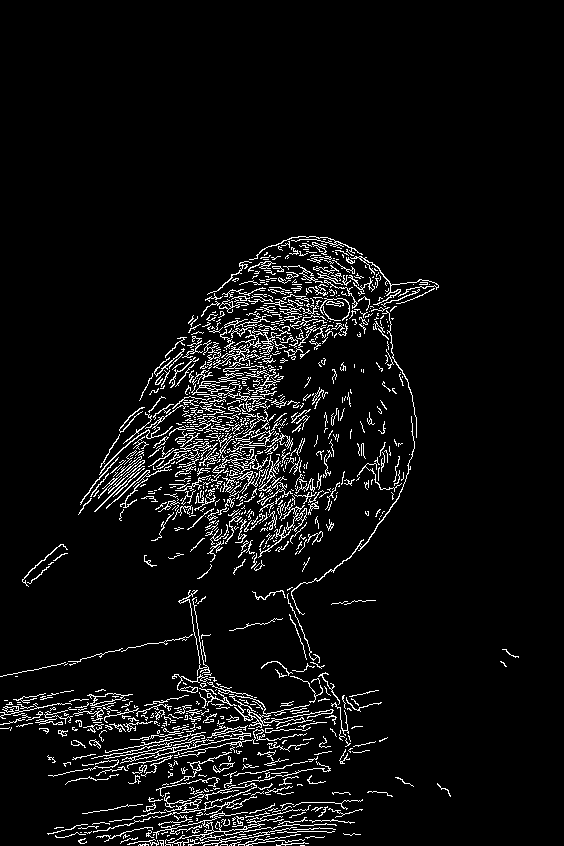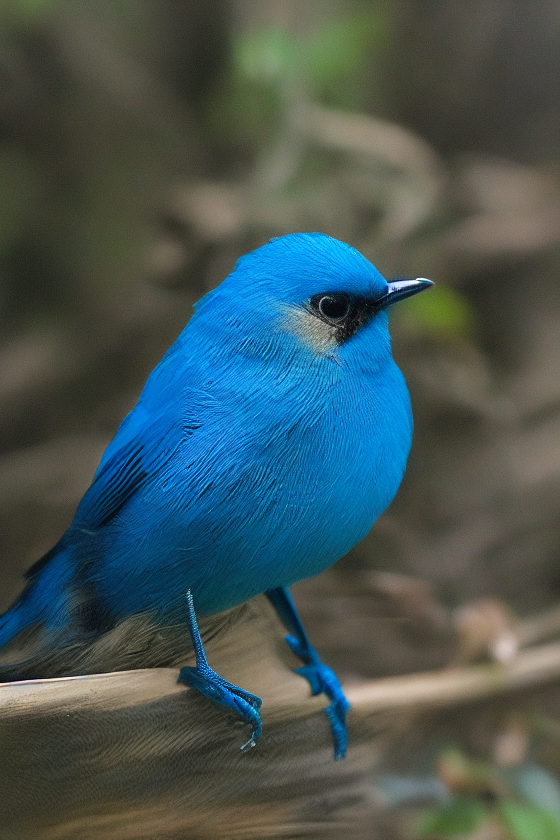🚀 Controlnet - v1.1 - Canny Version
ControlNet v1.1 is an advanced model that enhances the capabilities of diffusion models. It allows for conditional control using additional input conditions, such as Canny edges, to generate more precise and customized images.
🚀 Quick Start
Controlnet v1.1 is the successor model of Controlnet v1.0 and was released in lllyasviel/ControlNet-v1-1 by Lvmin Zhang.
This checkpoint is a conversion of the original checkpoint into diffusers format. It can be used in combination with Stable Diffusion, such as runwayml/stable-diffusion-v1-5.
For more details, please also have a look at the 🧨 Diffusers docs.
ControlNet is a neural network structure to control diffusion models by adding extra conditions.

This checkpoint corresponds to the ControlNet conditioned on Canny edges.
✨ Features
- Conditional Control: ControlNet v1.1 enables diffusion models to support additional input conditions, such as edge maps, segmentation maps, keypoints, etc.
- Fast Training: It can be trained as fast as fine - tuning a diffusion model, and can be trained on personal devices or large computation clusters.
- Compatibility: Compatible with Stable Diffusion models, like runwayml/stable-diffusion-v1-5.
📚 Documentation
Model Details
Introduction
Controlnet was proposed in Adding Conditional Control to Text-to-Image Diffusion Models by Lvmin Zhang, Maneesh Agrawala.
The abstract reads as follows:
We present a neural network structure, ControlNet, to control pretrained large diffusion models to support additional input conditions. The ControlNet learns task-specific conditions in an end-to-end way, and the learning is robust even when the training dataset is small (< 50k). Moreover, training a ControlNet is as fast as fine-tuning a diffusion model, and the model can be trained on a personal devices. Alternatively, if powerful computation clusters are available, the model can scale to large amounts (millions to billions) of data. We report that large diffusion models like Stable Diffusion can be augmented with ControlNets to enable conditional inputs like edge maps, segmentation maps, keypoints, etc. This may enrich the methods to control large diffusion models and further facilitate related applications.
📦 Installation
- Install opencv:
$ pip install opencv-contrib-python
- Let's install
diffusers and related packages:
$ pip install diffusers transformers accelerate
💻 Usage Examples
Basic Usage
It is recommended to use the checkpoint with Stable Diffusion v1-5 as the checkpoint has been trained on it. Experimentally, the checkpoint can be used with other diffusion models such as dreamboothed stable diffusion.
Note: If you want to process an image to create the auxiliary conditioning, external dependencies are required as shown below:
import torch
import os
from huggingface_hub import HfApi
from pathlib import Path
from diffusers.utils import load_image
import numpy as np
import cv2
from PIL import Image
from diffusers import (
ControlNetModel,
StableDiffusionControlNetPipeline,
UniPCMultistepScheduler,
)
checkpoint = "lllyasviel/control_v11p_sd15_canny"
image = load_image(
"https://huggingface.co/lllyasviel/control_v11p_sd15_canny/resolve/main/images/input.png"
)
image = np.array(image)
low_threshold = 100
high_threshold = 200
image = cv2.Canny(image, low_threshold, high_threshold)
image = image[:, :, None]
image = np.concatenate([image, image, image], axis=2)
control_image = Image.fromarray(image)
control_image.save("./images/control.png")
controlnet = ControlNetModel.from_pretrained(checkpoint, torch_dtype=torch.float16)
pipe = StableDiffusionControlNetPipeline.from_pretrained(
"runwayml/stable-diffusion-v1-5", controlnet=controlnet, torch_dtype=torch.float16
)
pipe.scheduler = UniPCMultistepScheduler.from_config(pipe.scheduler.config)
pipe.enable_model_cpu_offload()
generator = torch.manual_seed(33)
image = pipe("a blue paradise bird in the jungle", num_inference_steps=20, generator=generator, image=control_image).images[0]
image.save('images/image_out.png')



Other released checkpoints v1-1
The authors released 14 different checkpoints, each trained with Stable Diffusion v1-5 on a different type of conditioning:
📄 License
The model is released under The CreativeML OpenRAIL M license, an Open RAIL M license, adapted from the work that BigScience and the RAIL Initiative are jointly carrying in the area of responsible AI licensing.

























